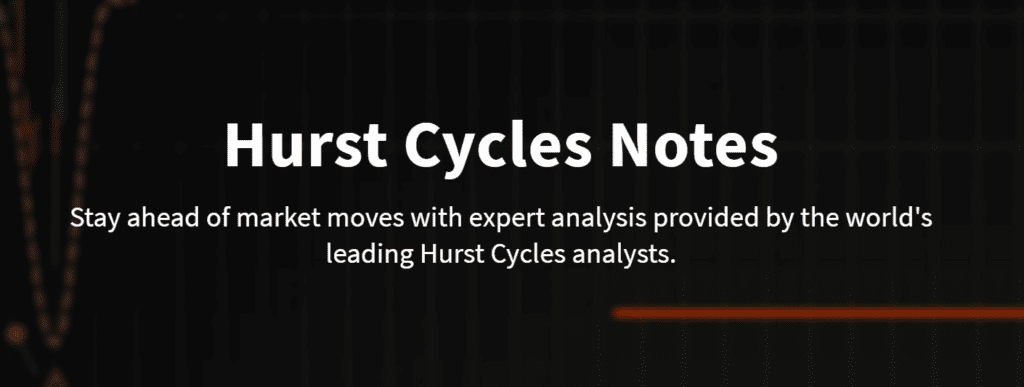Elliott Wave Analysis of the EUR/USD Currency Pair by Sid from ElliottWavePredictions.com. Click on the chart twice to enlarge.
The “Teflon Euro” has stayed amazingly resilient for a full year now after the initial calls for the end of a multi-year triangle emerged in February 2013. The above wave count shows that the Euro may have one more trick up its sleeve before finally succumbing to the likely downward thrust from that triangle.
Some have given up on the triangle idea altogether, and others are looking for an eventual upward thrust from the over 5-year old triangle. Of all of the interpretations, I still think that wave E of the triangle is either complete, (ending at the late December 1.3893 high), or, as this chart depicts, has yet to finish, with one more spectacular stop-hunt left in the tank as a diabolical parting gift for all the eager Euro bears.
The best reason for the existence of the wave count shown above is that wave D (black) of the triangle was “complex”. It was a WXY double zigzag. According to the blue book (Frost & Prechter), only one leg of a triangle can be “complex”, and if it is, its likely to be a double zigzag. Also, according to the book, the most likely leg of a triangle to be complex is the “D” wave. The fact that the D wave (as labeled) is “complex” supports the expectation that when this 5+year-long triangle finally does conclude, the resulting large terminal thrust will be to the downside.
Also, since wave D (black) was complex, and only one leg of a triangle is allowed to be complex, wave E must be a standard (blue) ABC zigzag, subdividing 5-3-5. This has been difficult for me to accept because the blue wave A (within black wave E) looks very much like a “three”, and the pink wave 4 within the blue wave C (underway now?) appears, upon first glance, to have potentially overlapped into the price territory of wave 1 (pink). So admittedly, the forcing of the labels into the shown positions has been somewhat sickening, but there may be a development underway now that supports this count: Wave 4 pink may be carving out a triangle.
This would be a very fitting ending scenario for the 5+year-old triangle, as the next fairly large move to occur would be a (pink 5) terminal thrust to the upside, taking out a metric butt-ton of stops. THEN, the much larger thrust to the downside would ensue. Traders would be ripped to shreds in both directions. Ultimately, this is what the “market” lives for: taking out stops . . and as many and as often as possible.
One last bit of supporting technical evidence for the above wave count is that it would allow Burgundy (Primary) wave “B” to retrace Burgundy wave “A” into the very most typical .5 to .618 Fibonacci retracement area (1.4173 – 14609).
I’m not saying this is my main count yet, but the price action in the British Pound, the Euro, the Swiss Franc, and the US$ Index in the past twenty-four hours is certainly suggesting it. The next few days will be very important. Any movement below 1.3205, and the pink 4 triangle idea is invalidated. On the other hand, any movement above 1.3893, and obviously, the 5+year-old triangle isn’t over yet, and if the character of the upward movement is quite aggressive, the count shown here will become my main.
Sid



